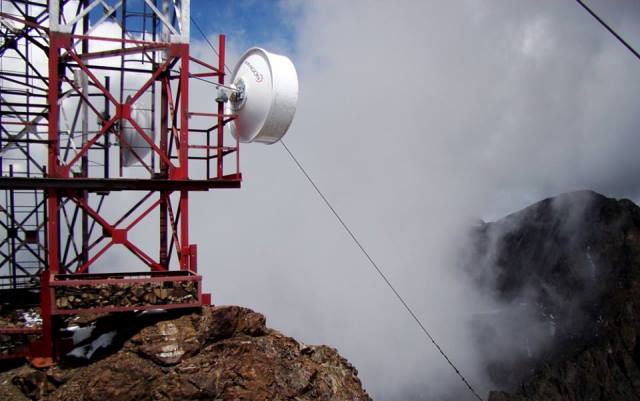A report from Arthur D. Little today indicated that mobile operators can make 40 percent cost advantage in Capex and 25 percent in Opex by following a new business model.

America’s AT&T, Germany’s Deutsche Telekom and Europe’s Telefonica have started following this new business model.
The new approach of AT&T, Deutsche Telekom and Telefonica relies on disaggregating and virtualizing the access network to considerably expand the role of the central office, in order to include fixed and mobile aggregation and edge cloud services.
The innovation behind the new design is a Central Office pod 1 (CO pod) architecture, designed to replace traditional access network technologies. It is inspired by Central Office Re-architected as a Datacenter (CORD) from ON.Lab (now ONF2 ), as well as AT&T’s, Deutsche Telekom’s, and Telefonica’s experiences with Domain 2.0, DTBen and Unic@ programs, respectively.
The CO pod disaggregates proprietary vertical equipment, like Multi-Service Access Nodes (MSANs), into general-purpose hardware and reproduces the relevant functions in software managed by standard IT automation tools. This approach introduces efficiency gains through infrastructure pooling and reuse.
Disaggregating proprietary equipment opens up access hardware and software to new suppliers, integrators and convergence opportunities with adjacent telecom and non-telecom uses. Use of cloud practices and open source accelerates innovation and lowers total cost of ownership. Adoption of standard IT tooling and operations increases the addressable skilled-labor pool. Disaggregation affords the opportunity to rethink existing BSS/omnichannel platform architectures and addresses new business value pools through clever use of edge infrastructure.
The impact of virtualized access is mainly operating and capital efficiency. Putting things into the overall context shows that the aggregate results are small and highly dependent on automation benefits derivable from changes in operating practices.
According to the Arthur D. Little model, the CO pod has circa 40 percent cost advantage in Capex and 25 percent in Opex. The Capex reduction is due to its reliance on architectures based on open- source hardware and software. The Opex reduction illustrates the relative importance of central-office non-equipment costs. The largest Capex differences are in the relative cost of fixed traffic aggregation and routing, as well as GPON optical equipment (new vs. old cost).
The analysis is based on published price lists and shows that white-box, programmable switches cost one-tenth as much as typical operator routing boxes, whereas commodity optical equipment costs are less than one-half. The model also contemplates virtualizing radio-access processing for mobile networks.
An estimate of marginal cost reductions of 80+ percent is enabled by pooling hardware resources with the pod control functions. A large proportion of the Opex savings are based on lower maintenance costs associated with commodity hardware. Further savings are based on greater automation and energy savings.
AT&T is trailblazing automation and cloudification. “We realize the benefits of working toward these goals with open community collaboration,” Tom Anschutz, distinguished member of Technical Staff at AT&T, said.
Deutsche Telekom wants to attract the best technology and thinking into building the future networks based on the Access 4.0 design.
“It is important for us to develop the disaggregated Central Office and cloud technology to broaden our partner community,” Hans-Jorg Kolbe, head of Deutsche Telekom’s Access 4.0 DevOps organization, said.
David del Val, director of Core Innovation at Telefonica, said: “The study provides useful references to support the sector in addressing common challenges in its quest to create an environment that can accelerate the creation of new services and revenues.”





